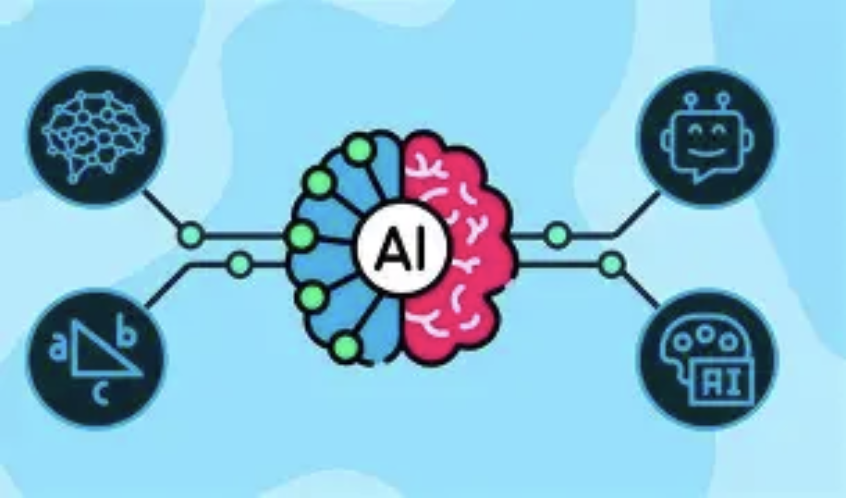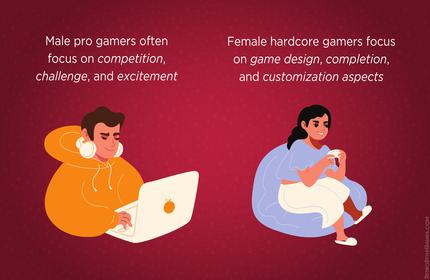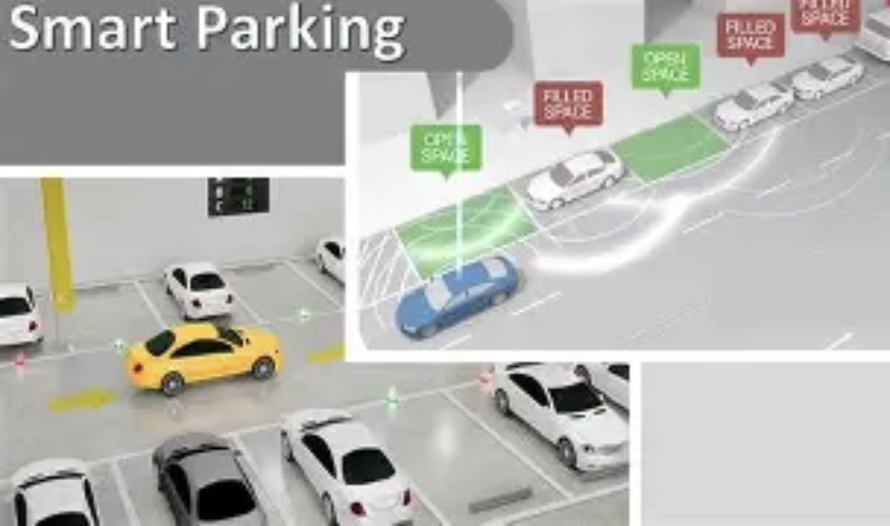Emotion recognition: "Mind reading" hidden behind the camera
In daily life, we are always used to hiding our emotions and wearing masks to get along with others. But have you ever thought that one day, your expression, tone and even tiny body movements may be easily interpreted by a technology? It sounds like a plot in science fiction, but in fact, emotion recognition technology is quietly coming into our lives and becoming a rising star in the field of science and technology in Ran Ran.
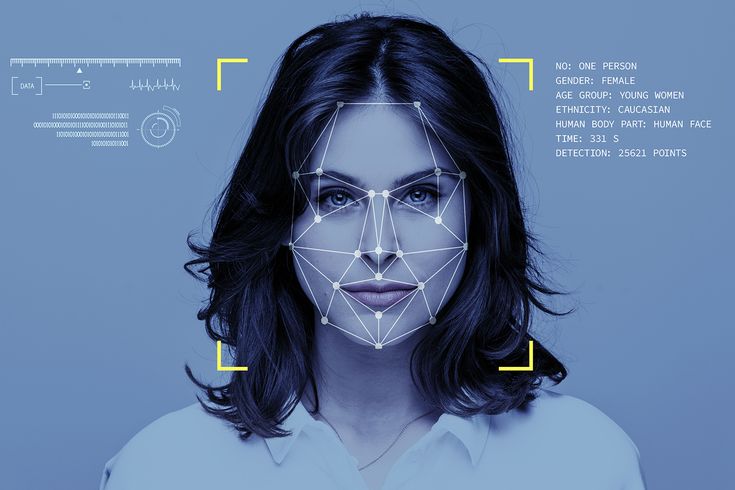
Emotion recognition, as its name implies, is a technology to judge the inner emotional state of human beings by analyzing their external characteristics such as facial expression, pronunciation and intonation, and body movements. With the help of advanced cameras, sensors and complex algorithms, it is like having a pair of keen "eyes" to gain insight into the emotions that people are trying to hide. In the customer service center, this technology can help staff to quickly identify customers' emotions. When anger or dissatisfaction is detected, the system will promptly remind them and provide corresponding solutions to avoid conflicts from escalating. In staff training, it can monitor students' emotional reaction in real time and judge whether they are interested in or confused about the course content, so that trainers can adjust teaching methods in time. Even in the field of psychological counseling, emotion recognition technology is promising, which provides counselors with more objective emotional data and helps them to understand the psychological state of patients more accurately and formulate more effective treatment plans.
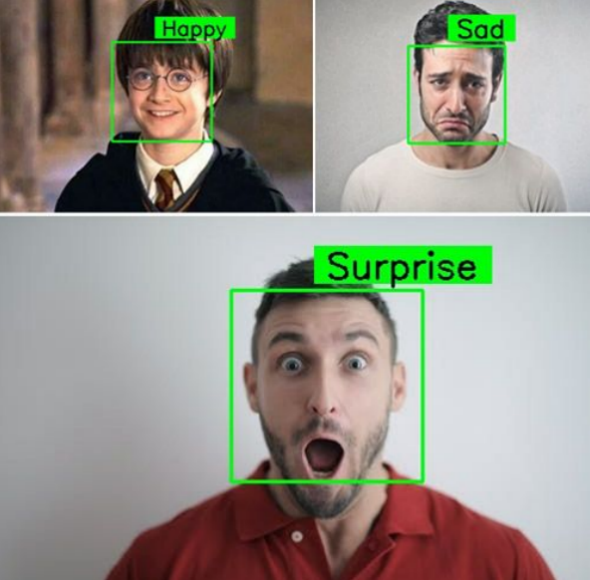
However, this seemingly promising technology has also caused a lot of controversy. From a privacy standpoint, emotion recognition technology requires the collection of substantial personal data, including sensitive information such as facial features and voice. If these data are leaked or misused, it will pose a serious threat to personal privacy. Imagine how terrible it would be if someone used this technology to secretly monitor other people's emotions in public places in order to gain commercial interests or conduct unethical manipulation. In addition, from an ethical point of view, emotion recognition technology may lead to people's excessive dependence and misunderstanding of emotions. It simply classifies complex and changeable human emotions into several basic emotions, ignoring the diversity and depth of emotions. Moreover, when people know that they are being monitored, they are likely to deliberately change their behaviors and expressions, thus affecting the accuracy of monitoring results and making sincere communication between people more difficult.
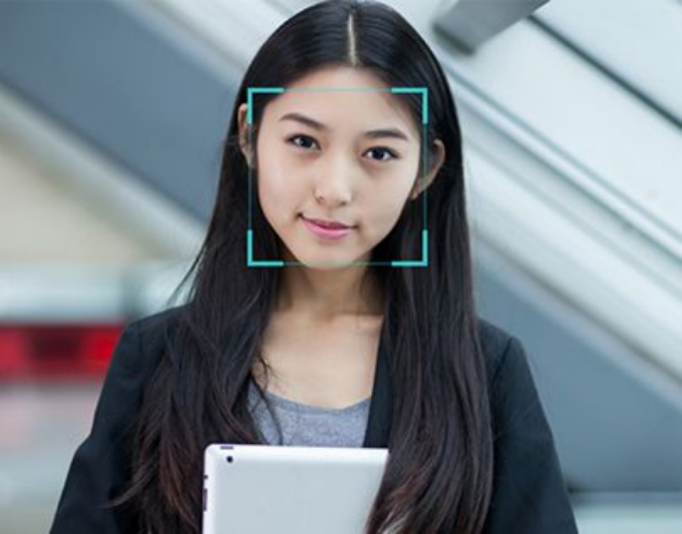
With the rapid development of science and technology, emotion recognition technology is like a double-edged sword, which has broad application prospects and is accompanied by many risks and challenges. We can't blindly pursue technological progress and ignore its possible negative effects. Only under the premise of ensuring that personal privacy is fully protected and ethics are properly handled can this technology really bring positive changes to human life, instead of becoming a new constraint and threat. Perhaps, what we should think more about is how to keep the most precious emotional truth and freedom in human nature while using technology, so that technology and emotion can dance harmoniously in the future and jointly write a beautiful chapter belonging to mankind.
(Writer:Matti)


